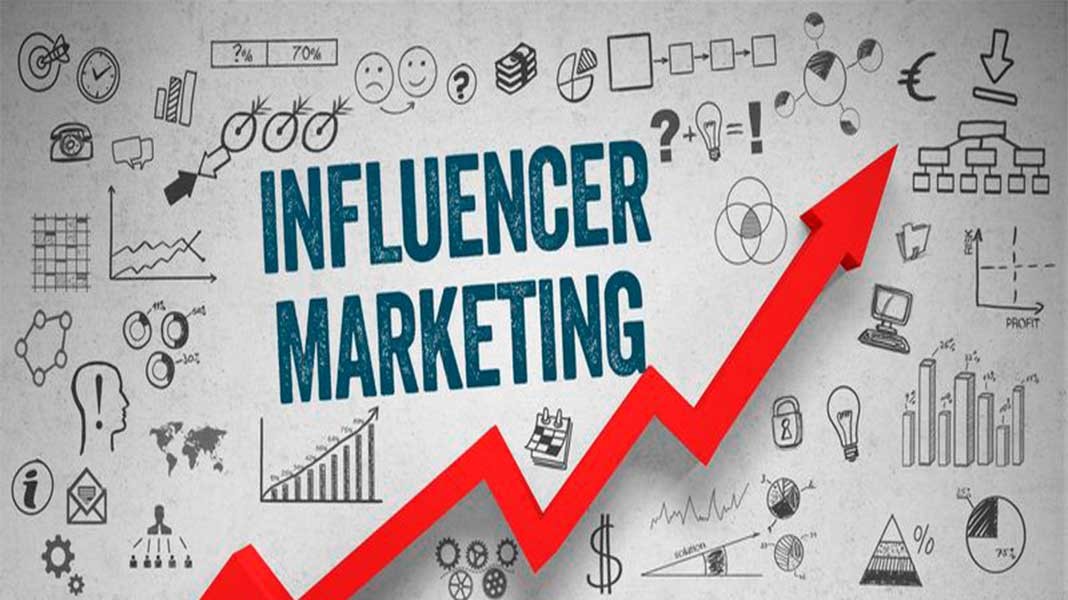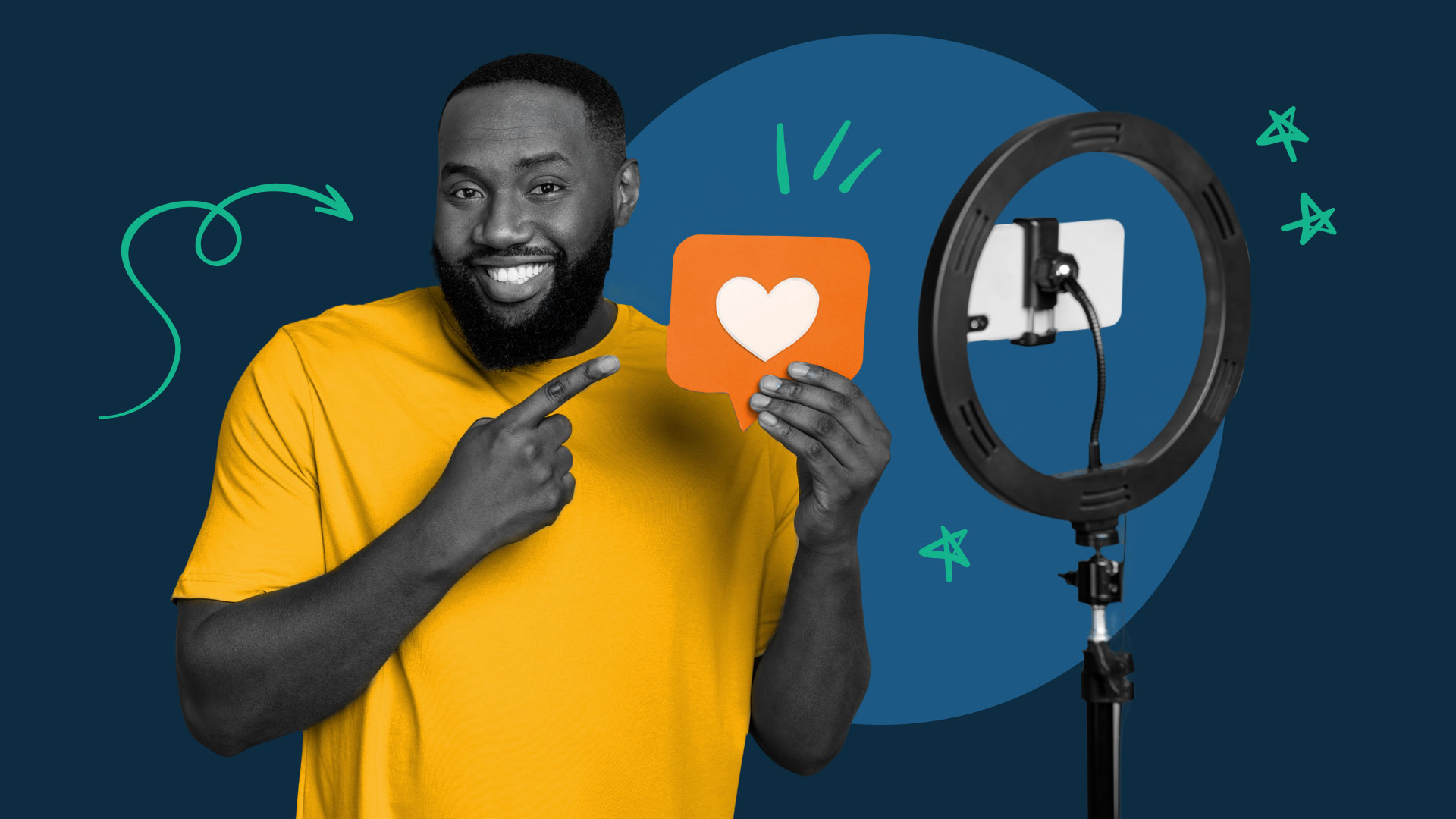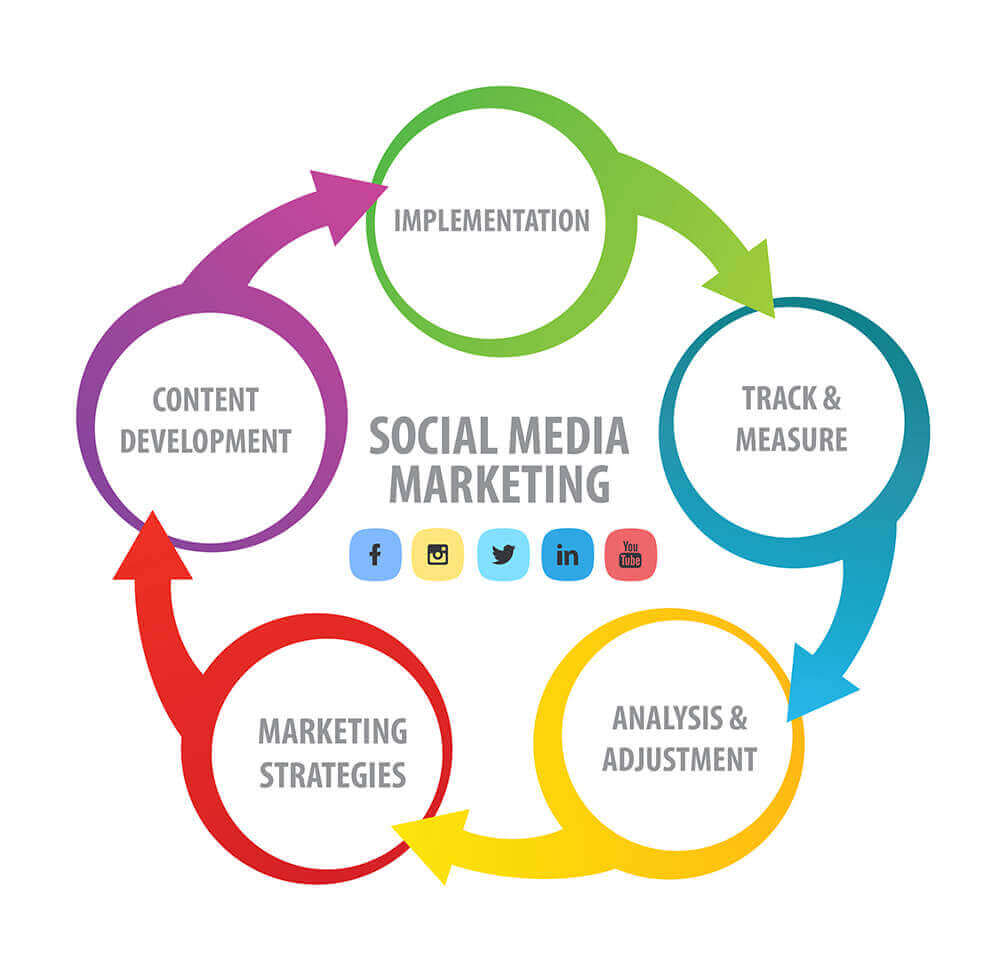Setting Goals for Your Influencer Campaign
Influencer marketing has evolved from a trend to a necessity in modern digital strategies. But diving into a campaign without clearly defined goals is like setting sail without a destination — you might drift, but you won’t get anywhere meaningful. Whether you’re launching your first influencer campaign or refining your strategy, setting goals is the foundation of success.
Why Setting Goals Matters
Before anything else, understand this: goals guide your entire campaign. From the type of influencer you partner with, to the platform you choose, to how you measure success — everything hinges on your objectives.
Goals provide clarity, help align your team, and ensure your budget and resources are used efficiently. They also give you benchmarks to evaluate performance and adjust strategy as needed.
Common Goals in Influencer Marketing
Let’s explore the most common goals brands set for influencer campaigns and how they impact decisions:
1. Brand Awareness
If you’re a new brand or launching a new product, brand awareness is likely your top goal. This means you want more people to see, hear about, and recognize your brand.
How influencers help: Partner with macro or mega influencers who have a broad reach. Focus on content that tells your brand story and visually introduces your product or service.
What to track: Impressions, reach, social mentions, new followers, and branded hashtags.
2. Engagement
Looking to build a stronger relationship with your audience? Engagement-driven campaigns are about likes, comments, shares, and conversations.
How influencers help: Micro-influencers tend to have tighter-knit communities and higher engagement rates. Their audiences trust their recommendations and interact more with their content.
What to track: Likes, comments, shares, saves, DMs, and clicks on stories or links.
3. Website Traffic
If your goal is to bring potential customers to your website, influencer content should include clear calls-to-action (CTAs) that direct audiences to visit your site.
How influencers help: Ask influencers to include swipe-up links in stories, trackable URLs in bios or captions, and blog features that link to your landing page.
What to track: Website sessions, bounce rate, time on site, referral sources, and click-through rates.
4. Lead Generation
Influencers can play a key role in getting your audience to sign up for newsletters, download a free guide, or register for a webinar.
How influencers help: Use unique landing pages, discount codes, or downloadable offers that give value in exchange for user information.
What to track: Form submissions, new email subscribers, or gated content downloads.
5. Sales and Conversions
The most direct goal is to drive purchases. This is especially effective in eCommerce and D2C brands where the path to purchase is short.
How influencers help: Partner with influencers who are credible in your niche and trusted by their audience. Use promo codes and affiliate links to track performance.
What to track: Conversion rates, sales volume, ROI, and promo code usage.
How to Set SMART Goals
Use the SMART framework to make your goals specific and achievable:
- Specific: Define exactly what you want to achieve.
- Measurable: Attach numbers or benchmarks to track success.
- Achievable: Be realistic with what’s possible based on your budget and resources.
- Relevant: Align with broader marketing or business objectives.
- Time-bound: Set deadlines or campaign timeframes.
Example: Instead of saying “We want more followers,” say “We want to gain 5,000 Instagram followers within 3 months by partnering with three micro-influencers in the fashion niche.”
Align Goals with Influencer Selection
Not every influencer is right for every goal. For brand awareness, choose influencers with a large audience. For engagement or conversions, opt for those with high engagement rates and loyal followings.
Also consider which platform aligns best with your goal. TikTok is great for viral reach, Instagram for visual storytelling, and YouTube for in-depth product reviews or tutorials.
Final Thoughts
Setting clear goals doesn’t just improve the effectiveness of your influencer campaigns — it also builds stronger relationships with influencers themselves. When you’re clear about what success looks like, they can tailor their content and strategy to meet those expectations.
In a crowded digital space, success isn’t just about being seen. It’s about knowing why you want to be seen, who you want to reach, and what you want them to do next. With the right goals in place, influencer marketing becomes less of a gamble and more of a strategic growth engine.




